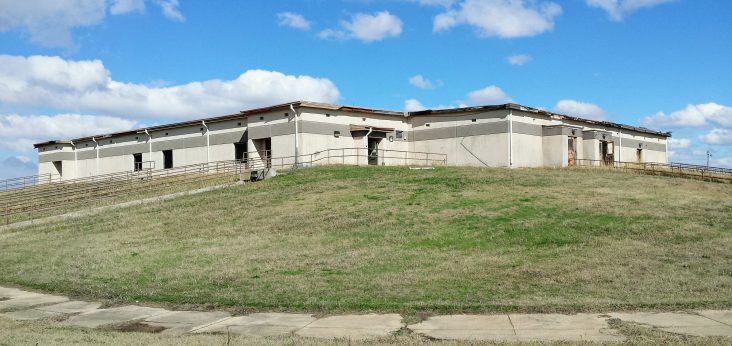National Cold War Center in Blytheville gets $1.9 million in reserve funds
by September 27, 2022 4:21 pm 2,431 views

Dreams of building The National Cold War Center in Blytheville are one step closer to becoming a reality. Arkansas’ Department of Parks, Heritage and Tourism Division of Heritage has distributed $1.9 million in restricted reserves funds towards the project.
A timetable for completing the project has not been released.
“We appreciate the substantial investment that the state of Arkansas has made in the National Cold War Center and Mississippi County,” said Mary Gay Shipley, Chair of the National Cold War Center board of directors. “The state’s contribution will allow the center to continue to move full-speed ahead towards becoming one of the world’s premiere cultural institutions from right here in the Arkansas Delta.”
The center site is located on the campus of the former Blytheville Air Force Base (originally known as the Blytheville Army Airfield), which opened in 1942 as a training facility for World War II pilots. In 1958, the base was converted to a Strategic Air Command alert mission and remained a key U.S. military command for three decades – through events such as the Cuban Missile Crisis and the signing of the treaties that officially ended the Cold War in the early 1990s.
The Blytheville Area Chamber of Commerce and the Blytheville-Gosnell Regional Airport Authority have teamed to build the Center. It will center on the base’s still-intact “alert” compound, a facility that housed U.S. Air Force B-52 crews during wartime efforts of the 1950s through the 1990s. The museum could cost up to $20 million to build, and officials had hoped to have it open by 2023, but that timeline was before the COVID-19 Pandemic. R. Byron Carlock Jr., a Blytheville native, is spearheading fund development.
In 2018, the air base was placed on the National Register of Historic Places. Since that time, a feasibility study has projected that a full museum would likely draw over 50,000 visitors annually after three years, Shipley said. An additional study evaluated structural design and cost implications.
“The entire base represents a fascinating time in American history,” Shipley said. “Nuclear threat was a reality and the country prepared itself in a variety of ways. One of the most interesting was the idea of keeping crews on alert with the ability to be airborne in minutes. We realize this will be work, but it is absolutely work worth doing given its educational value and the impact it will have in Arkansas.”
